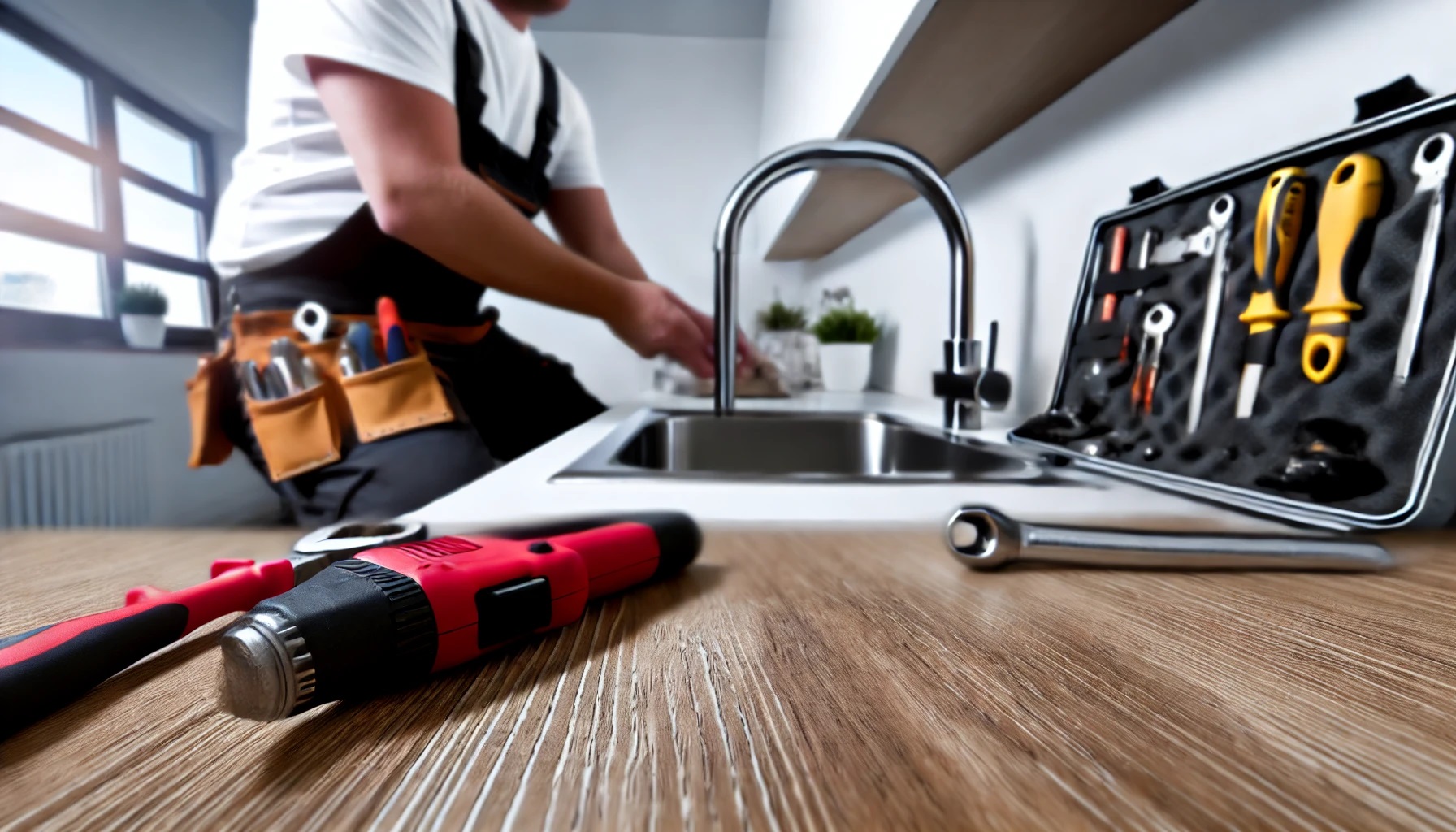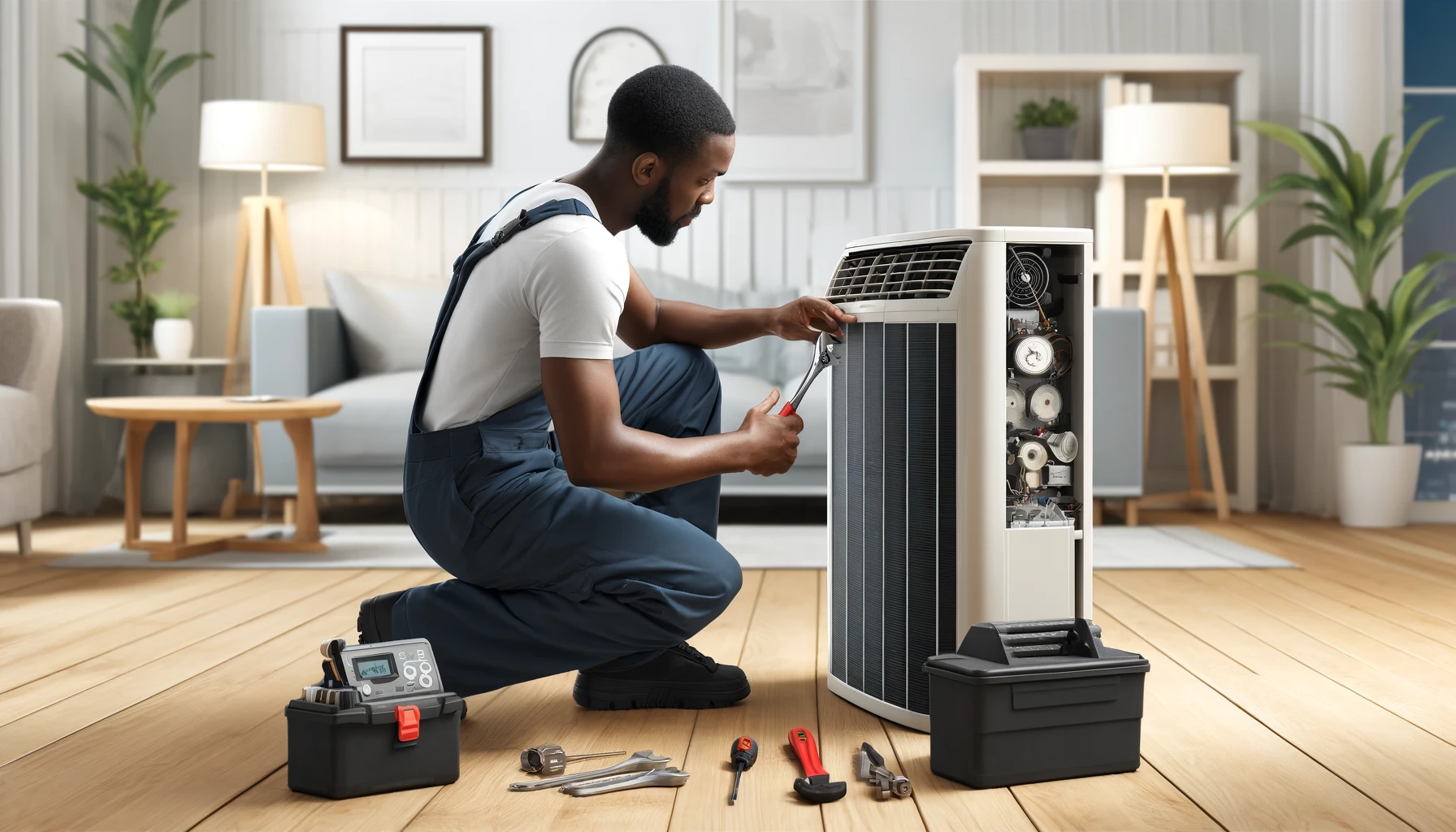Home maintenance is an essential aspect of homeownership, ensuring both the comfort and longevity of a property. In Cape Town, a city known for its diverse and unique architecture, home maintenance takes on even greater significance.
With its varying weather conditions and proximity to the coast, houses in Cape Town face unique challenges that require regular home maintenance and upkeep.
In this article, we will explore the importance of home maintenance in Cape Town, providing a brief overview of different types of maintenance tasks essential for preserving the value and functionality of your home.
Proactive Home Maintenance
Proactive home maintenance refers to regular tasks performed to prevent future problems with a property. Home maintenance is essential in ensuring the longevity of a home and averting costly repairs down the line.
Examples of proactive home maintenance include routine inspections, preventative repairs, and cleaning.
- Routine inspections involve periodically checking for signs of damage or deterioration in various parts of the home, such as the foundation, roof, and plumbing system.
- Preventative repairs address minor issues before they escalate into major problems, such as fixing a leaky faucet or patching a small crack in a wall.
- Cleaning, which includes both regular upkeep and deep cleaning tasks, helps maintain the overall cleanliness and functionality of the home.
By engaging in proactive home maintenance tasks, homeowners can extend the lifespan of their property, enhance its functionality, and potentially increase its resale value.
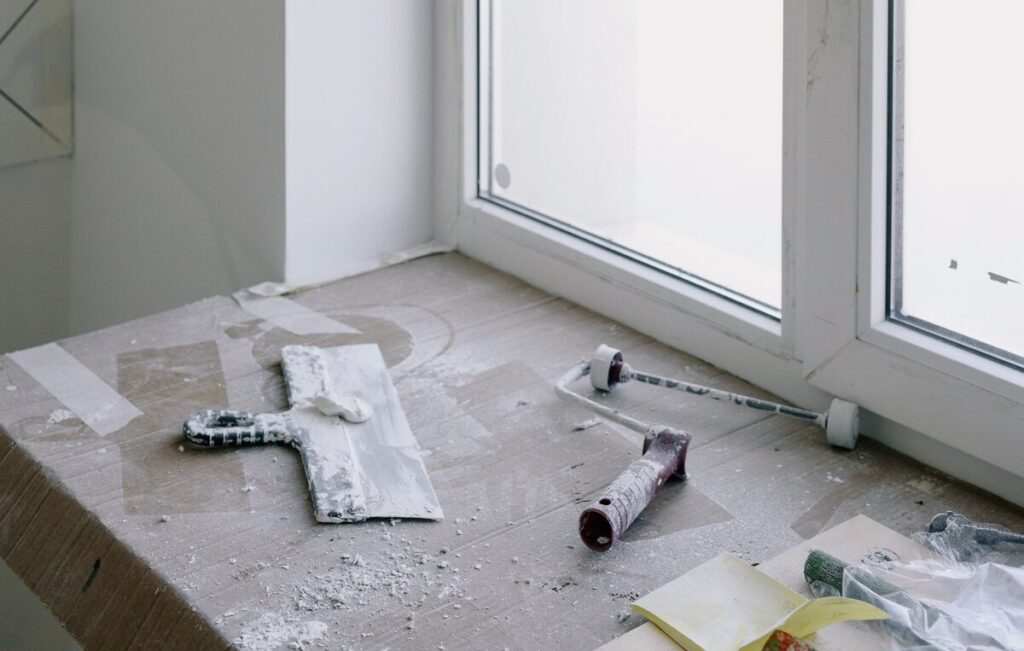
Reactive Home Maintenance
Reactive home maintenance refers to tasks performed to address existing problems within a property. Unlike proactive home maintenance, which focuses on preventive measures, reactive maintenance involves addressing issues that have already occurred.
Examples of Reactive Home Maintenance:
- Fixing leaks: This involves repairing leaking faucets, pipes, or roofs, which can prevent further damage to the property.
- Replacing broken appliances: When appliances such as refrigerators, dishwashers, or stoves break down, they need to be replaced or repaired to ensure the functionality of the home.
- Emergency repairs: In the event of sudden and unexpected issues, such as a burst pipe or a roof leak, immediate repairs are necessary to mitigate damage and ensure the safety of the occupants.
Reactive home maintenance tasks are crucial in maintaining the habitability, safety, and functionality of a property. However, it’s essential to note that while reactive maintenance addresses existing problems, it’s always advisable to prioritize proactive home maintenance to prevent issues from occurring in the first place.
A combination of proactive and reactive home maintenance strategies helps ensure the long-term health and value of a property.
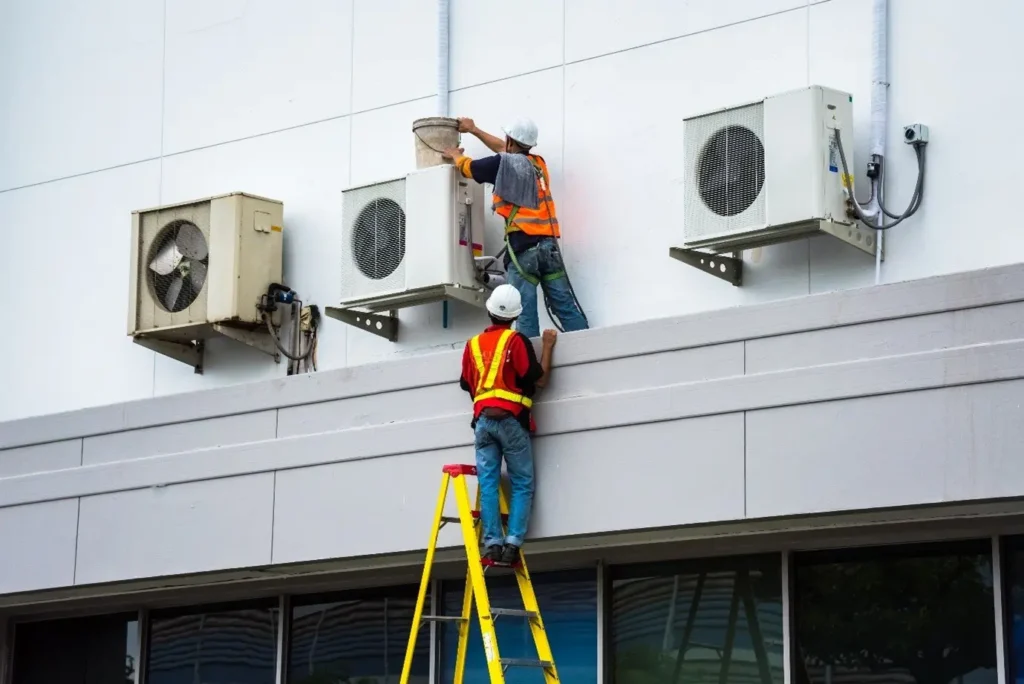
Sustainable Home Maintenance
Sustainable home maintenance involves performing tasks that minimize environmental impact and promote resource conservation. It encompasses a range of practices and approaches aimed at minimizing the environmental impact of maintaining and managing a home. This includes adopting eco-friendly habits, using energy-efficient appliances and materials, and implementing sustainable landscaping and water conservation measures.
By prioritizing sustainability, homeowners can reduce their carbon footprint, conserve natural resources, and contribute to a healthier and more resilient living environment. Some key aspects of sustainable home maintenance include:
- Energy Efficiency:
- Utilizing energy-efficient appliances and lighting fixtures.
- Properly insulating walls, windows, and doors to minimize heat loss.
- Installing renewable energy sources, such as solar panels or wind turbines.
- Water Conservation:
- Collecting and utilizing rainwater for irrigation and other non-potable purposes.
- Installing low-flow water fixtures and appliances.
- Implementing water-wise gardening practices.
- Sustainable Landscaping:
- Choosing native and drought-resistant plants in landscaping.
- Creating a compost bin for organic waste management.
- Minimizing the use of pesticides and fertilizers.
- Waste Reduction:
- Recycling and composting household waste.
- Reducing consumption and opting for reusable items.
- Avoiding the use of disposable products whenever possible.
- Green Cleaning:
- Using non-toxic and environmentally friendly cleaning products.
- Ventilating indoor spaces while cleaning to minimize exposure to harmful fumes.
- DIY Projects:
- Undertaking simple home maintenance and repair tasks to extend the lifespan of appliances and fixtures.
- Reusing and upcycling materials for various projects.
- Education and Awareness:
- Learning about sustainable home maintenance practices and sharing knowledge with others.
- Supporting green initiatives and promoting community involvement in sustainable living.
By incorporating sustainable home maintenance practices into daily routines, homeowners can make a positive impact on the environment, reduce their living expenses, and enjoy a healthier and more comfortable living space.
Here are some examples of sustainable home maintenance tasks:
- Installing energy-efficient appliances: Replacing old, inefficient appliances with energy-efficient models can significantly reduce energy consumption and greenhouse gas emissions. Look for appliances with the Energy Star label, which indicates they meet strict energy-efficiency standards.
- Using eco-friendly products: Opt for cleaning products, paints, and other household items that are environmentally friendly. Look for products that are biodegradable, non-toxic, and free of harsh chemicals.
- Implementing water conservation measures: Conserving water is essential for reducing environmental impact. Install low-flow toilets and showerheads, fix leaky faucets, and water your lawn less often. Consider collecting rainwater for use in irrigation or cleaning.
- Insulating your home: Proper thermal insulation can help regulate indoor temperature, reducing the need for heating and cooling. Insulate your attic, walls, and basement to minimize energy loss.
- Using renewable energy sources: Consider installing solar panels or wind turbines to generate your own renewable energy. This can help reduce your reliance on fossil fuels and lower your carbon footprint.
- Composting: Composting food scraps and yard waste reduces the amount of waste sent to landfills and creates a nutrient-rich soil amendment for your garden.
- Maintaining your HVAC system: Regularly servicing and maintaining your heating, ventilation, and air conditioning (HVAC) system ensures it operates efficiently and reduces energy consumption.
- Choosing sustainable building materials: When making home improvements or repairs, opt for sustainable building materials such as recycled wood, bamboo, or cork.
- Incorporating plants into your home: Plants help improve indoor air quality and can reduce the need for artificial lighting. Consider adding indoor plants or creating a green wall.
- Reducing waste: Minimize waste by recycling, composting, and buying less stuff. Choose reusable items over disposable ones, and avoid single-use plastics.
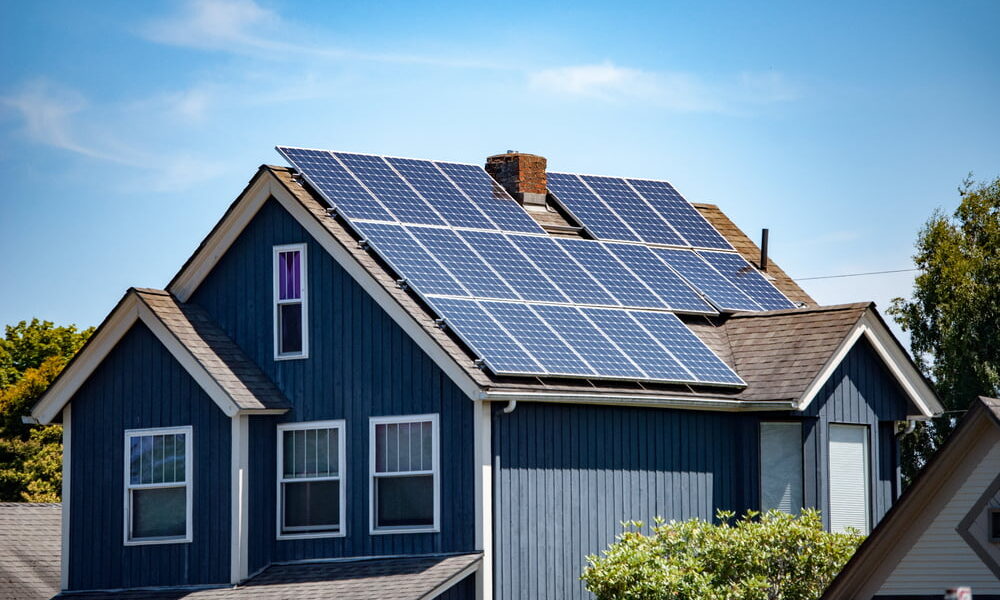
Seasonal Home Maintenance
Seasonal home maintenance is crucial for keeping your home in good condition year-round. It involves performing specific tasks that are geared towards the changing seasons. Let’s delve into some seasonal home maintenance tasks:
Winterizing the Home:
- Insulate your home to keep the heat in and the cold out.
- Protect your pipes from freezing by wrapping them with insulation.
- Clean your gutters and downspouts to prevent ice dams.
- Apply a sealant to your windows and doors to prevent drafts.
- Stock up on snow removal tools like snow shovels and ice melt.
Summer Maintenance:
- Mow your lawn regularly and water it deeply and less frequently.
- Trim your trees and shrubs to promote healthy growth and prevent overgrown branches from damaging your home.
- Inspect your deck or patio for any damage or loose boards.
- Clean your outdoor furniture and grill.
- Install screens on your windows and doors to keep insects out.
Spring Cleaning:
- Deep clean your home, room by room.
- Organize and declutter your closets, drawers, and cabinets.
- Clean your windows and window treatments.
- Vacuum and shampoo your carpets.
- Clean and inspect your gutters and downspouts.
Autumn and Preparing for Winter
As autumn approaches and winter looms, it’s time to start thinking about preparing your home for the colder months ahead. By taking proactive steps now, you can ensure your home is comfortable, energy-efficient, and safe during the winter season. Here are some key tasks to consider:
- Weatherproofing Your Home
- Insulation Check
- Furnace and Heating System Maintenance:
- Winterize Outdoor Plumbing:
- Roof and Gutter Inspection
- Fireplace and Chimney Maintenance
- Emergency Preparedness
By following these proactive measures, you can prepare your home for winter, ensure your comfort and safety, and potentially save energy and money in the long run.
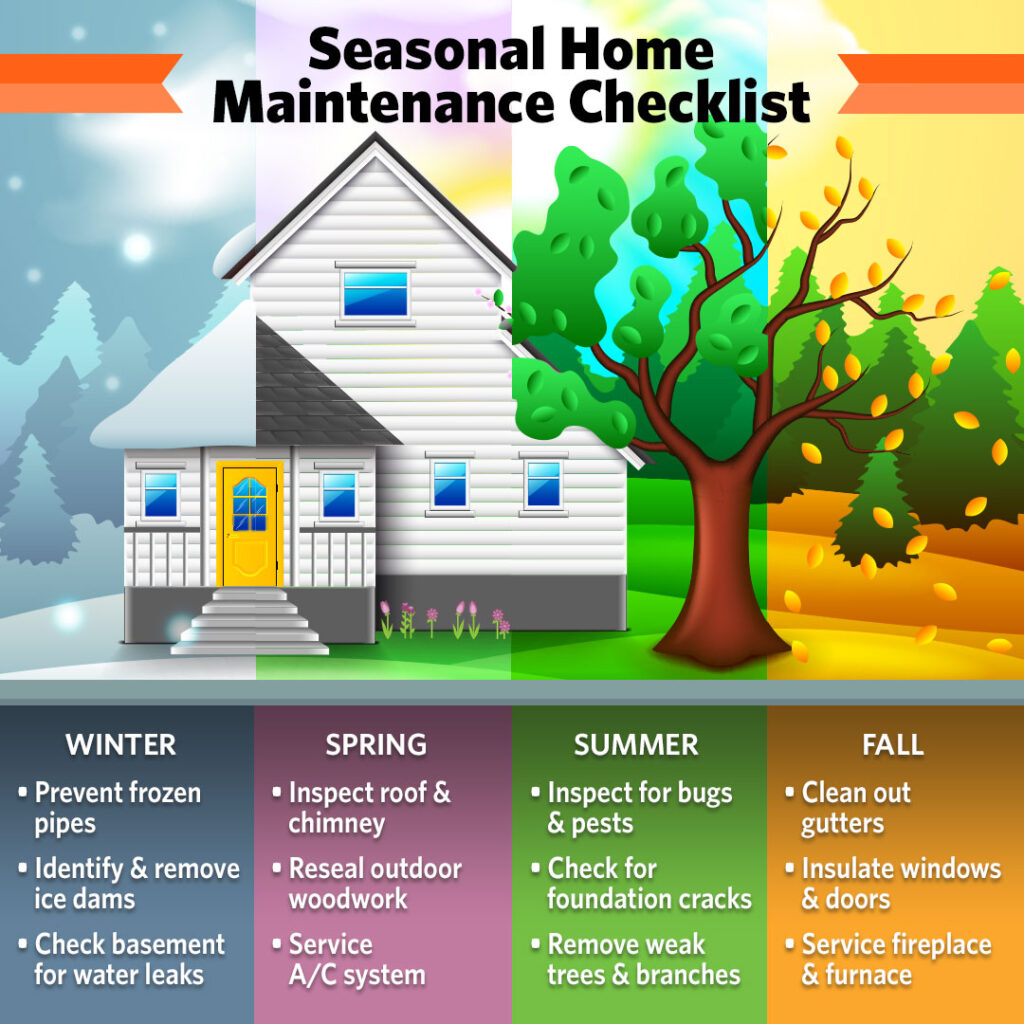
Preventative Home Maintenance
Preventative home maintenance tasks are those that are performed on a regular basis to extend the lifespan of major systems in your home. Examples of these tasks include:
HVAC System Maintenance:
- Regular inspections to identify any potential issues
- Cleaning and replacing air filters
- Checking and adjusting the thermostat
- Lubricating moving parts
- Testing and calibrating safety controls
Roof Maintenance:
- Regular inspections for signs of damage, such as missing or damaged shingles, cracks, or leaks
- Cleaning and removing debris from the roof
- Applying protective coatings to extend the life of the roof
- Repairing or replacing damaged areas
Plumbing System Maintenance:
- Regular inspections for leaks and corrosion
- Cleaning and unclogging drains
- Testing and adjusting water pressure
- Repairing or replacing damaged pipes and fixtures
- Insulating pipes to prevent freezing
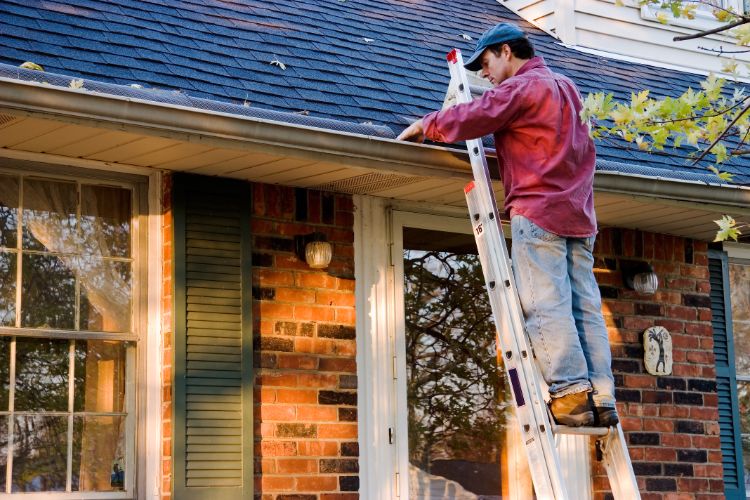
DIY Home Maintenance
These are tasks that homeowners can perform themselves to keep their homes in good condition and running smoothly. Examples of DIY home maintenance tasks include:
Basic repairs:
- Fixing leaky faucets: A dripping faucet can waste a significant amount of water and increase utility bills. Homeowners can easily fix a leaky faucet by replacing the washer or O-ring.
- Replacing light bulbs: Replacing burnt-out light bulbs is a simple task that can brighten up a room and improve visibility.
- Patching holes in walls: Small holes in walls can be easily patched using spackling compound and sandpaper.
Cleaning:
- Sweeping, mopping, vacuuming, and dusting: Regular cleaning helps maintain a healthy and comfortable living environment. Homeowners can create a cleaning schedule to ensure that all areas of the house are cleaned regularly.
- Cleaning appliances: Appliances such as the stove, oven, refrigerator, and dishwasher should be cleaned regularly to keep them functioning properly and hygienically.
Landscaping:
- Mowing the lawn: A well-maintained lawn enhances the curb appeal of a property. Homeowners can mow their lawn regularly to keep it neat and healthy.
- Trimming hedges: Overgrown hedges can block sunlight and make a property look unkempt. Homeowners can trim their hedges to maintain a desired shape and size.
- Weeding the garden: Weeds can compete with plants for water and nutrients, affecting their growth. Homeowners can regularly weed their garden to keep it looking its best.
By performing these DIY home maintenance tasks, homeowners can save money on professional services, improve the appearance and comfort of their homes, and gain a sense of accomplishment.
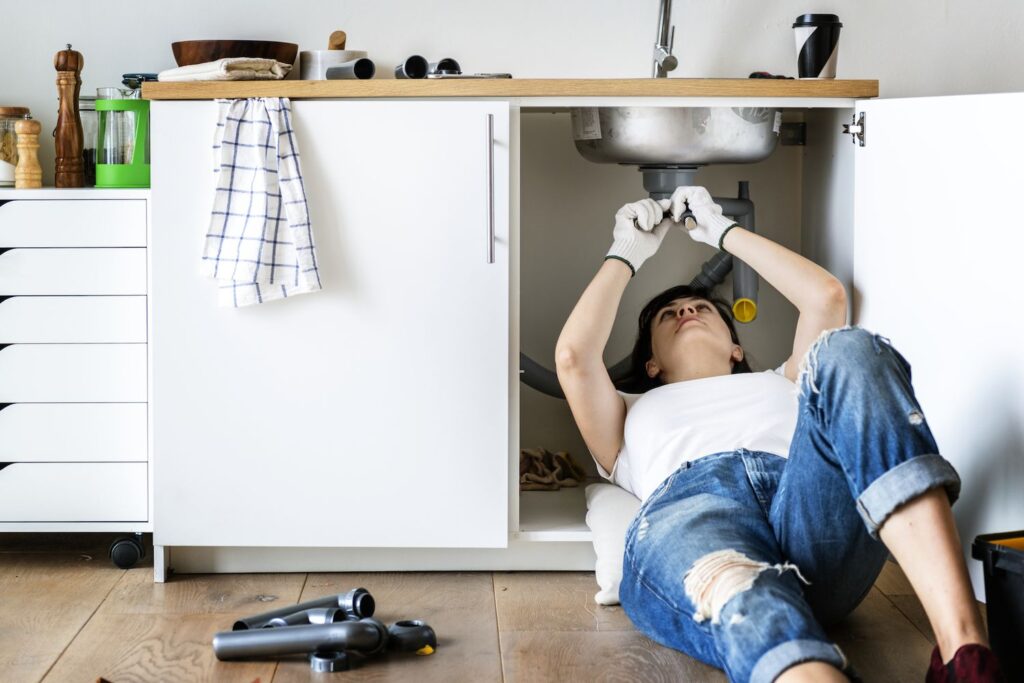
Professional Home Maintenance
Home maintenance requires regular upkeep and occasional repairs. While many tasks can be handled by homeowners themselves, others require the help of a professional. This guide will provide an overview of common professional home maintenance tasks and when to call in an expert.
Electrical Work:
Electrical work is one of the most dangerous home maintenance tasks and should always be performed by a qualified electrician.
Examples of electrical work that require professional assistance include:
- Installing or repairing wiring.
- Replacing electrical outlets or switches.
- Adding or moving light fixtures.
- Troubleshooting and repairing electrical problems.
Plumbing Work:
Plumbing work is another area where professional help is often needed. Examples of plumbing work that should be handled by a plumber include:
- Installing or repairing water pipes.
- Fixing leaks in faucets, toilets, or sinks.
- Replacing or repairing a water heater.
- Addressing drainage issues.
HVAC Repair:
Heating, ventilation, and air conditioning (HVAC) systems are essential for maintaining a comfortable indoor environment. Complex HVAC repairs or replacements should be handled by a qualified HVAC technician. Examples of HVAC tasks that require professional assistance include:
- Installing or repairing an HVAC system
- Troubleshooting and repairing HVAC problems.
- Servicing or maintaining an HVAC system.
Roofing:
Roofs are a critical part of a home’s structure and protect it from the elements. Repairing or replacing a roof requires specialized knowledge and equipment. Examples of roofing tasks that require professional help include:
- Replacing or repairing shingles.
- Fixing leaks in the roof.
- Installing or repairing gutters and downspouts.
Structural Repairs:
Structural repairs are necessary when there is damage to the foundation, walls, or other structural elements of a home. These repairs require specialized knowledge and often require permits. Examples of structural repairs that require professional assistance include:
- Repairing or replacing damaged foundation.
- Fixing cracks in walls or ceilings.
- Reinforcing or replacing structural beams.
Appliance Installation and Repair:
Installing or repairing major appliances like refrigerators, stoves, dishwashers, and washing machines can be complex. Professional help may be needed to ensure proper installation and functionality. Examples of appliance tasks that require professional assistance include:
- Installing a new appliance.
- Repairing a broken appliance.
- Replacing a major appliance.
When to Call a Professional:
While many home maintenance tasks can be handled by homeowners with the right tools and know-how, there are certain situations where it’s best to call in a professional. Here are some signs that you should seek professional assistance:
- Safety Concerns:
- If the task involves working with electricity, gas, or hazardous materials, it’s best to leave it to a professional to ensure safety.
- Complexity of the Task:
- If the task requires specialized knowledge, tools, or equipment, it’s better to hire a professional who has the necessary expertise.
- Time Constraints:
- If you don’t have the time to devote to the task or need it completed quickly, hiring a professional can save you time and hassle.
- Warranty or Insurance:
- In some cases, repairs or replacements may be covered under warranty or insurance. Hiring a professional can ensure that the work is done correctly and in accordance with the warranty or insurance requirements.
By seeking professional help for complex or specialized home maintenance tasks, homeowners can ensure that the work is done safely, efficiently, and to a high standard of quality, helping to maintain the value and integrity of their home.
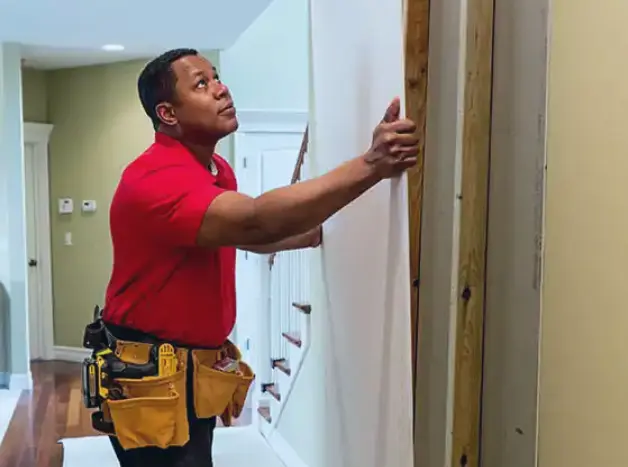
Performing Home Maintenance Inspections
Homeowners can inspect every part of their houses seasonally to assess what home maintenance is needed and create a maintenance plan. Here’s how:
1. Create a Schedule:
- Divide the year into four seasons (spring, summer, fall, winter) and create an inspection checklist for each.
- Decide how often you want to inspect (e.g. every month or every season).
2. Conduct a Seasonal Inspection:
- Spring:
- Inspect gutters, downspouts, and roofs for damage.
- Trim trees and remove debris from around the house.
- Check for signs of water damage indoors and outdoors.
- Test and maintain irrigation systems.
- Summer:
- Inspect exterior paint, siding, and caulking for damage.
- Look for signs of pests and insects and address them.
- Clean and inspect air conditioning units.
- Clean and seal decks, patios, and other outdoor surfaces.
- Autumn:
- Inspect windows and doors for drafts and air leaks.
- Prepare the house for winter by insulating, sealing gaps, and winterizing pipes.
- Clean and cover outdoor furniture.
- Check smoke and carbon monoxide detectors.
- Winter:
- Inspect the attic, basement, and crawl space for moisture or damage.
- Monitor the water heater, furnace, and boiler for proper functioning.
- Check for ice dams on the roof and clear snow buildup.
- Inspect fireplaces and chimneys regularly.
3. Make a Maintenance List:
- During each inspection, make a list of any issues or areas needing maintenance.
- Prioritize repairs or maintenance based on urgency and impact on the home’s condition.
- Schedule regular upkeep tasks like cleaning, painting, and pest control.
4. Hire Professionals:
When complex tasks or thorough inspections are involved, it is advisable to consider hiring professional assistance. Certified contractors and home inspectors possess the expertise and knowledge to conduct detailed audits and provide valuable recommendations.
Hiring professionals offers several benefits:
- Expertise and Experience: Professionals have years of experience and specialized training, ensuring they are well-equipped to handle complex tasks. They understand the intricacies of various systems and how they interact.
- Detailed Audits: Professionals use a systematic approach to conduct thorough inspections. They will examine every aspect of the property, including structural components, electrical systems, plumbing, roofing, and HVAC. The detailed audit helps identify potential issues that may not be apparent to untrained eyes.
- Recommendations: Based on the findings of the inspection, professionals provide detailed recommendations for repairs, renovations, or maintenance. They can prioritize tasks based on urgency and provide cost-effective solutions.
- Peace of Mind: Hiring professionals gives you peace of mind knowing that your property is well-maintained and safe. You can trust that the work is being done correctly and up to code.
Remember, hiring professionals is an investment that can save you time, money, and stress in the long run. By entrusting the work to experts, you can ensure the safety, comfort, and value of your property.
5. Keep Records:
Maintaining accurate and organized records of all maintenance performed on your home is crucial for several reasons. Firstly, it provides a comprehensive history of the home’s condition, which can be invaluable for future reference and decision-making. By keeping a detailed log of maintenance activities, including dates, descriptions, and receipts, you can easily track the home’s condition over time and identify any areas that require attention or improvement.
Secondly, well-maintained records can facilitate timely repairs and maintenance. When issues arise, having a record of previous maintenance allows you to quickly assess the situation and determine if there are any underlying problems that need to be addressed. By referring to the maintenance history, you can avoid unnecessary guesswork and ensure that repairs are carried out efficiently and effectively.
Furthermore, maintaining home maintenance records can be beneficial when selling or renting out your building. Potential buyers or tenants often appreciate seeing evidence of regular maintenance and repairs, as it provides assurance that the home has been well-cared for. A well-documented maintenance history can enhance the perceived value of your home and make it more attractive to prospective buyers or tenants.
In conclusion, maintaining records of all maintenance performed on your home is an important practice that provides numerous benefits. By keeping accurate and organized records, you can track the home’s condition, facilitate timely repairs, and enhance the value of your property.
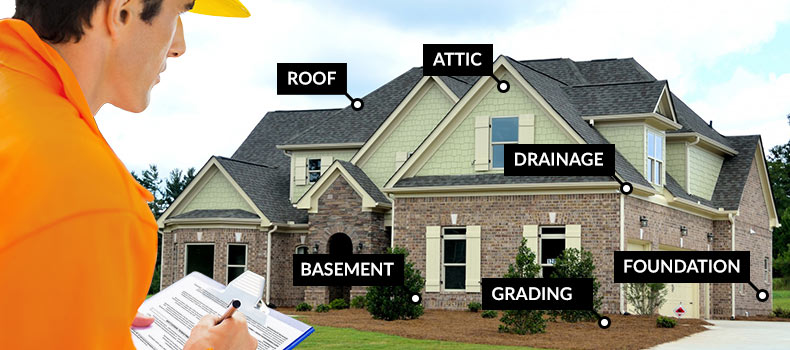
Make Sure Your Home Gets the Maintenance it Needs with SST
Home maintenance is not a seasonal task but an ongoing process that requires attention throughout the year. Maintaining your home regularly helps prevent minor issues from becoming major problems, potentially saving time and money in the long run. By following a seasonal inspection schedule, homeowners can ensure that their homes are in top condition and comfortable for living.
Sustainable Systems Technologies in Cape Town is dedicated to providing comprehensive home maintenance services to homeowners. Our team of experienced professionals can handle various tasks, from basic maintenance to complex repairs and renovations. We use sustainable and eco-friendly practices to ensure that your home is not only well-maintained but also environmentally sound.
Contact us today to learn more about our home maintenance services and how we can assist you in keeping your home in excellent condition all year round.


